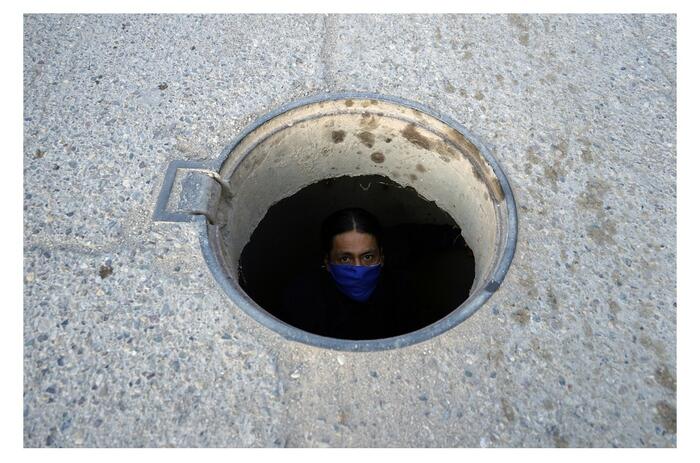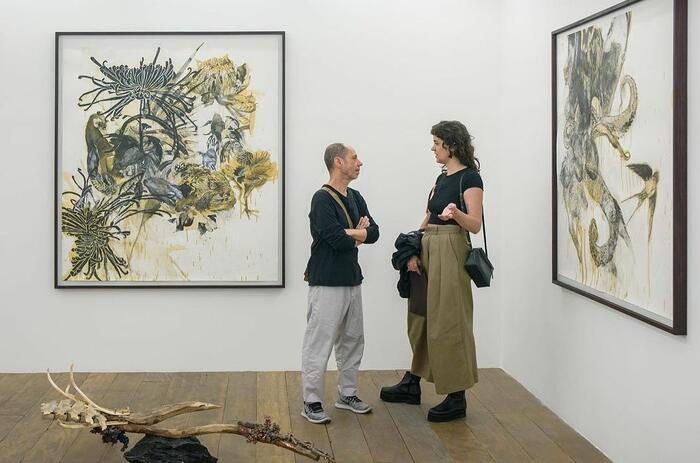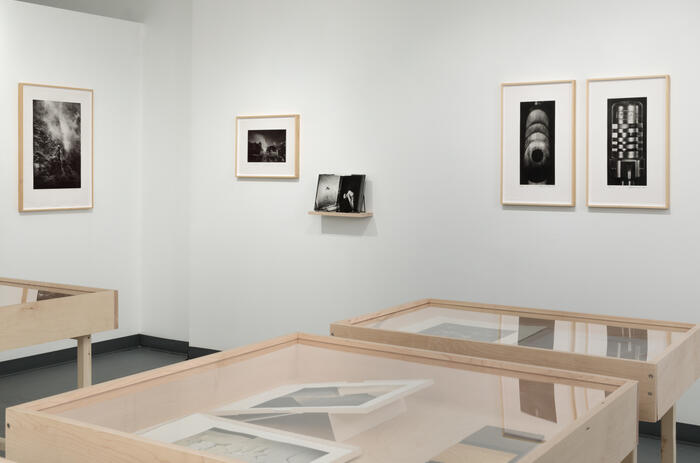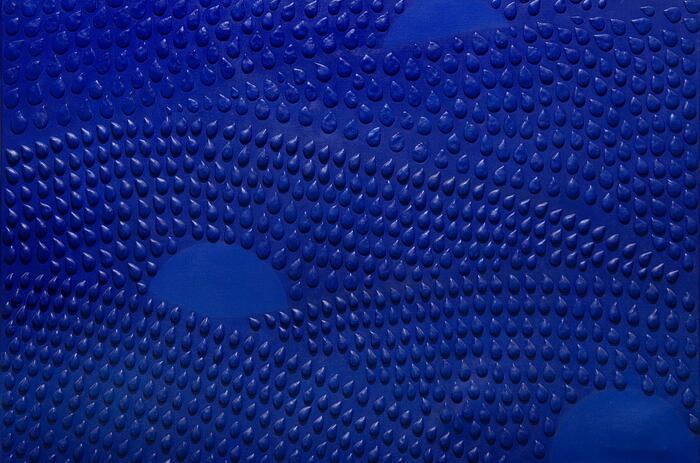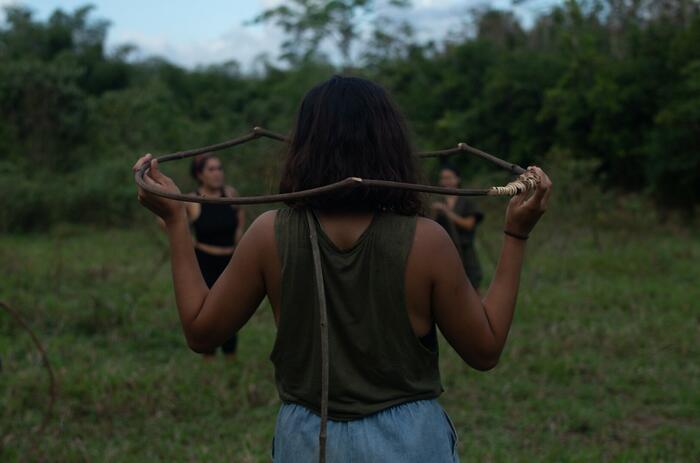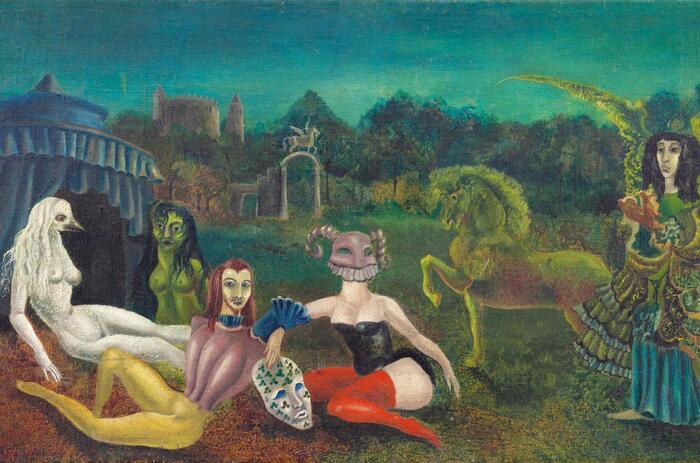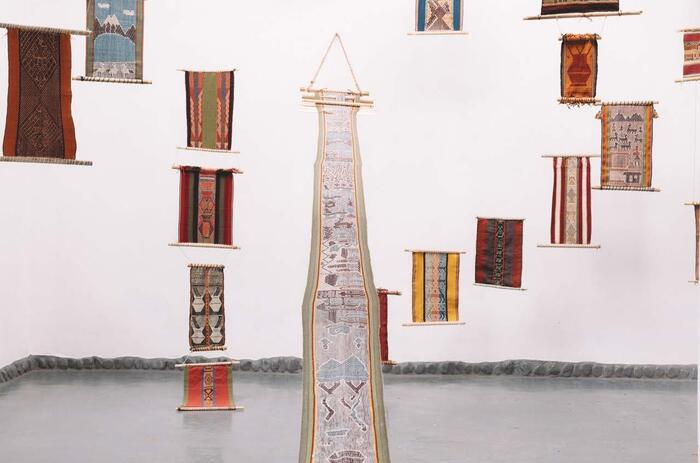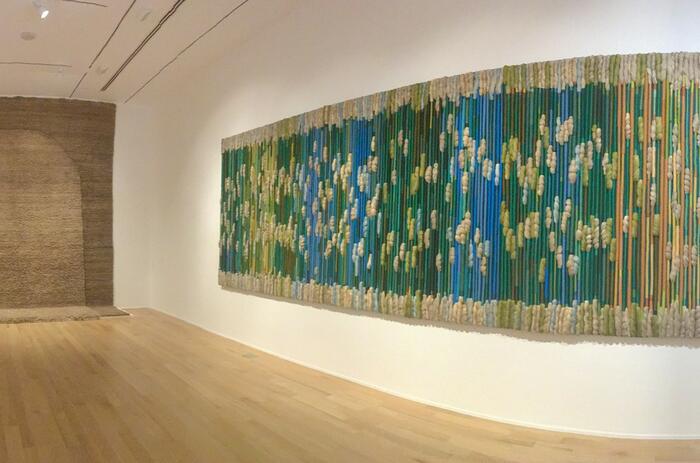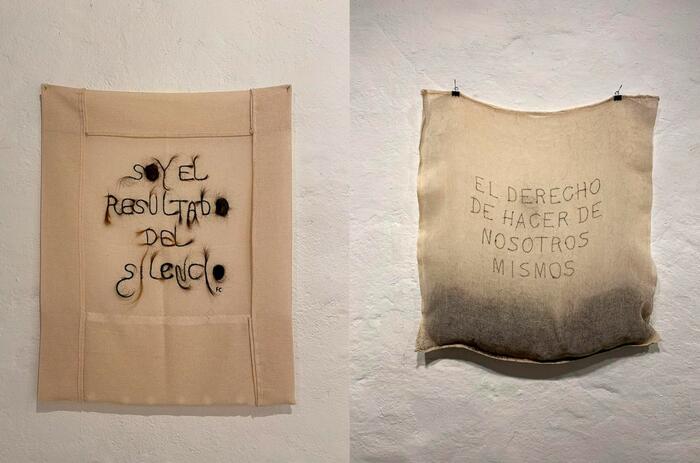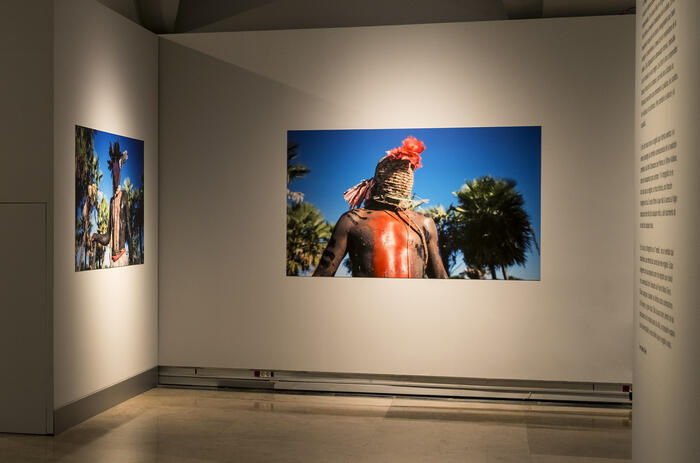TELAS Y TEXTOS. FELICIANO CENTURIÓN IN NEW YORK’S UNIVERSITY OF FINE ARTS
Centurión’s textiles reflect his upbringing in a matriarchal Paraguayan household, and his experiences as a queer artist in Buenos Aires, Argentina, where he lived for most of his life. He often incorporated historically feminized crafts such as knitting, crocheting, and embroidering.
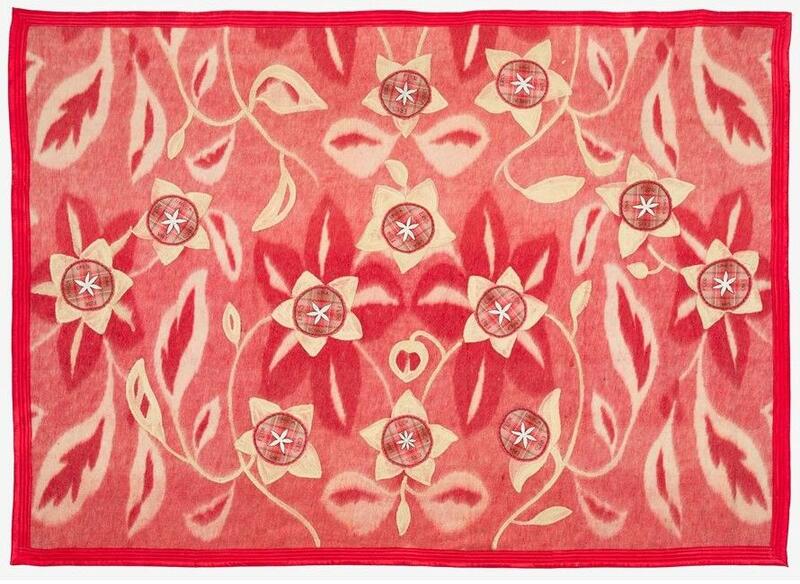
The Institute of Fine Arts, New York University, presents Paraguayan artist Feliciano Centurión’s third solo exhibition in the United States. Curated by Diana Cao, Tatiana Marcel, and Nicasia Solano, Feliciano Centurión: Telas y Textos provides an opportunity to examine the aesthetic and material interplay of text, fabric, and found objects in his oeuvre.
Feliciano Centurión: Telas y Textos showcases the artist’s embroideries on various readymade textiles executed between 1990 and 1994, highlighting the latter years of Centurión’s short, but prolific career.
Throughout his practice, Centurión incorporated ordinary household items such as frazadas (blankets), handkerchiefs, and pillowcases bought from local street markets. The prevalence of textiles in Centurión’s work is in keeping with Guaraní weaving traditions and reflects the influence of the Indigenous cultures native to Argentina, Bolivia, Brazil and most ubiquitously, Paraguay, where Guaraní is one of the country’s two official languages.
The craftworks in this exhibition apply the technique of ñandutí (meaning “spider web” in Guaraní), an intricate method of lace weaving traditionally passed down from mother to daughter. As seen in the four larger works in the exhibition, a key identifying characteristic of these weblike fabrics is the round center, called the “apyte,” from which geometric forms then radiate. Centurión’s early works were bright, brash, abstract figurative compositions that evolved into the embroidered blankets seen in the exhibition.
Having witnessed military dictatorships in both Paraguay and Argentina during his lifetime, Centurión flourished in Argentina after the collapse of the country’s authoritarian regime in 1983. He found a lively community at the Centro Cultural Rector Ricardo Rojas in Buenos Aires and participated in 31 solo exhibitions in Argentina and Paraguay between 1990 and his death in 1996. After being diagnosed with HIV in 1992, Centurión began chronicling his declining health by weaving texts onto increasingly smaller and more intricate fabrics. The sentimental words expressing notions of love, desire, and longing for home, coupled with the soft textiles convey a humanizing sense of warmth, intimacy, and comfort, which contrasted with the public stigmatization of the virus and its victims brought on by reckless government policies and media reports. He also used bright colors and animals from his childhood, such as snails and crocodiles, to present kitsch imagery as both humorous anecdotes and bold declarations of life. Centurión’s frazada works celebrate his matrilineal upbringing and Paraguayan heritage, using embroidery to subvert gender norms, express his queer identity, and elevate the status of textile art to that typically reserved for high art.
Feliciano Centurión (1962-1996) was a Paraguayan textile artist and painter. Born in San Ignacio, Paraguay, his family fled to Formosa, Argentina to escape Alfredo Stroessner’s military dictatorship in Paraguay. In Formosa, he studied plastic arts at the Oscar R. Albertozzi School of Fine Arts. He then permanently relocated to Buenos Aires, Argentina, where he studied painting at the Prilidiano Pueyrredón School of Fine Arts, and the Ernesto de la Cárcova Superior School of Fine Arts. Centurión’s first solo exhibition was held in 1982 at the Estimulo de Bellas Artes in Asunción, Paraguay. Throughout the late 1980s and the 1990s, he was a prominent figure at the Centro Cultural Rector Ricardo Rojas in Buenos Aires. During this time, he exhibited works in Buenos Aires and Asunción, and represented Paraguay in the fifth Havana Biennial in 1994. Centurión passed away at 34 years old due to AIDS-related complications.

